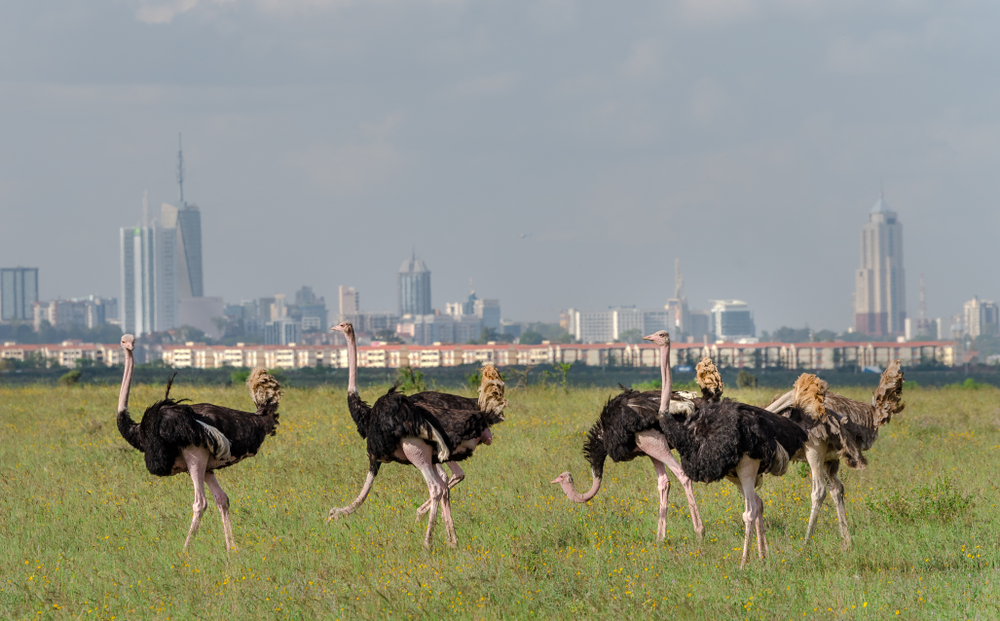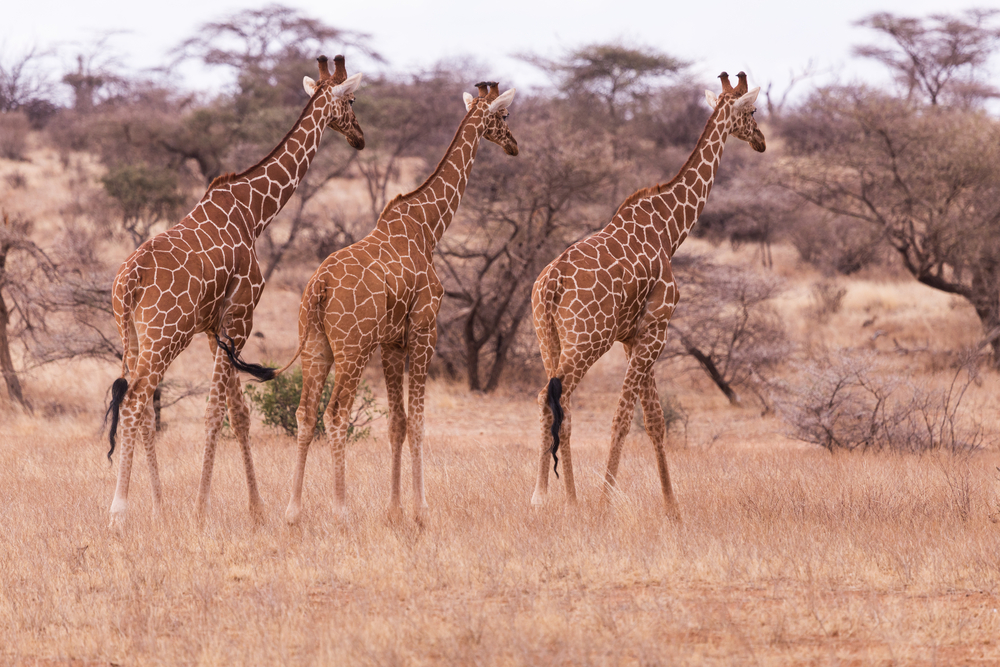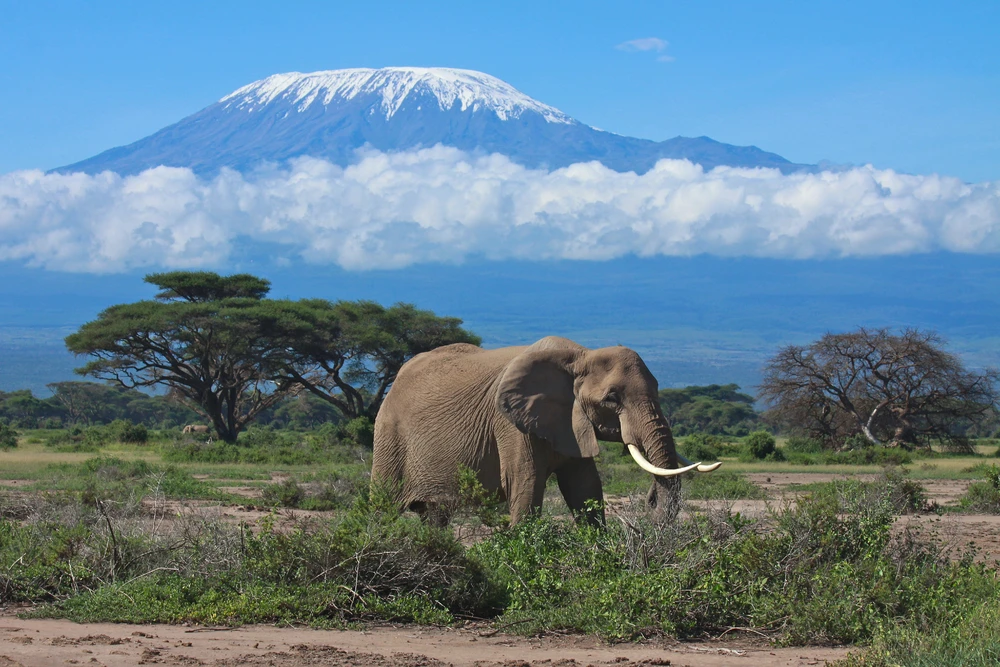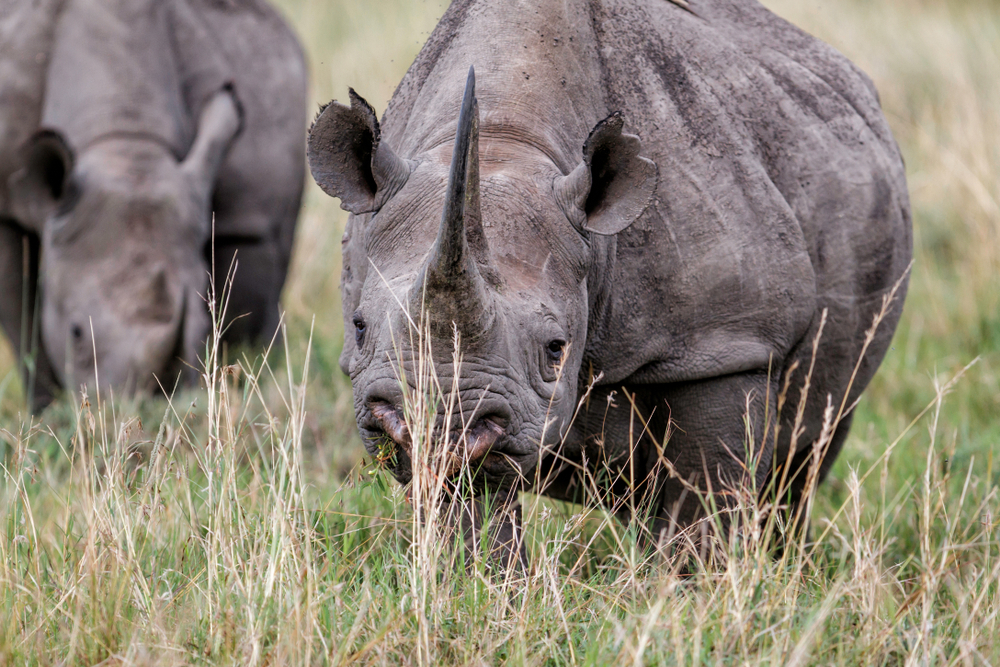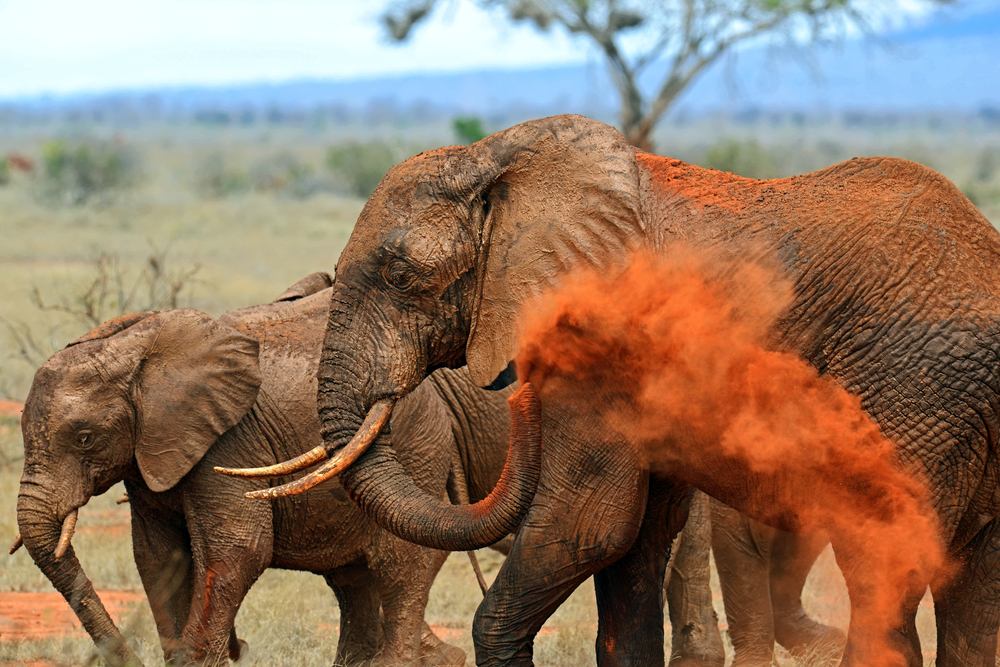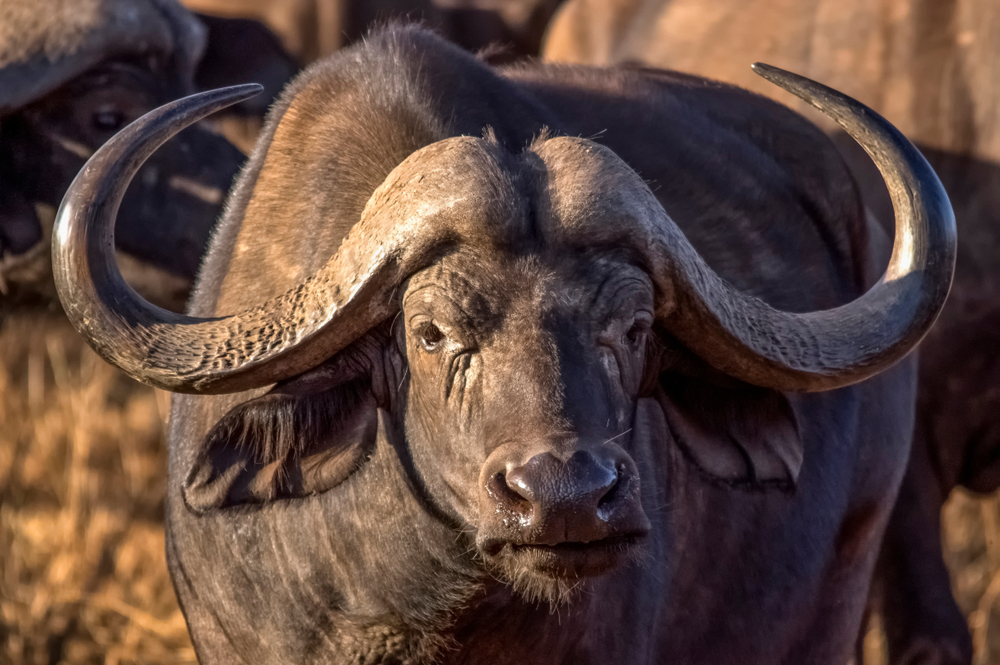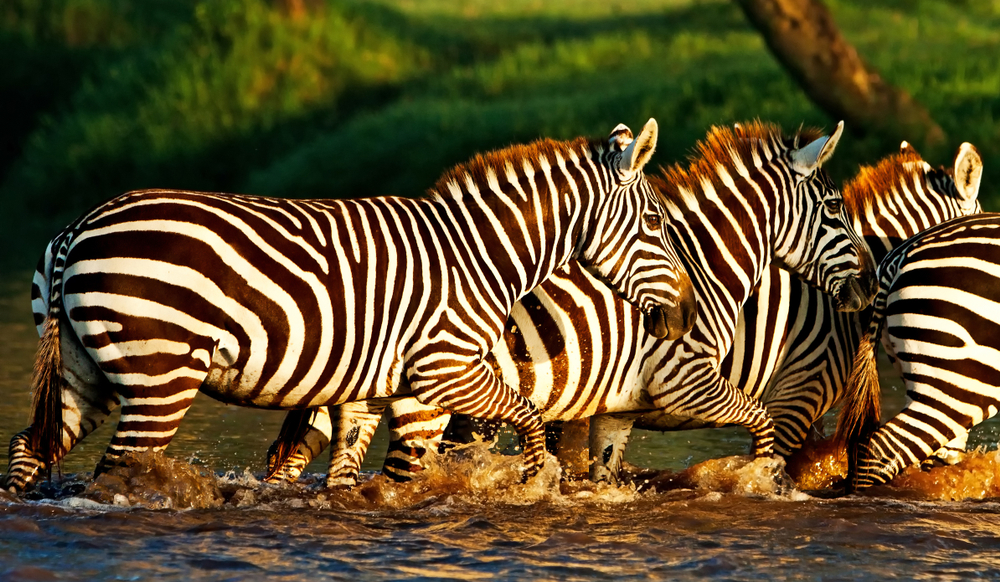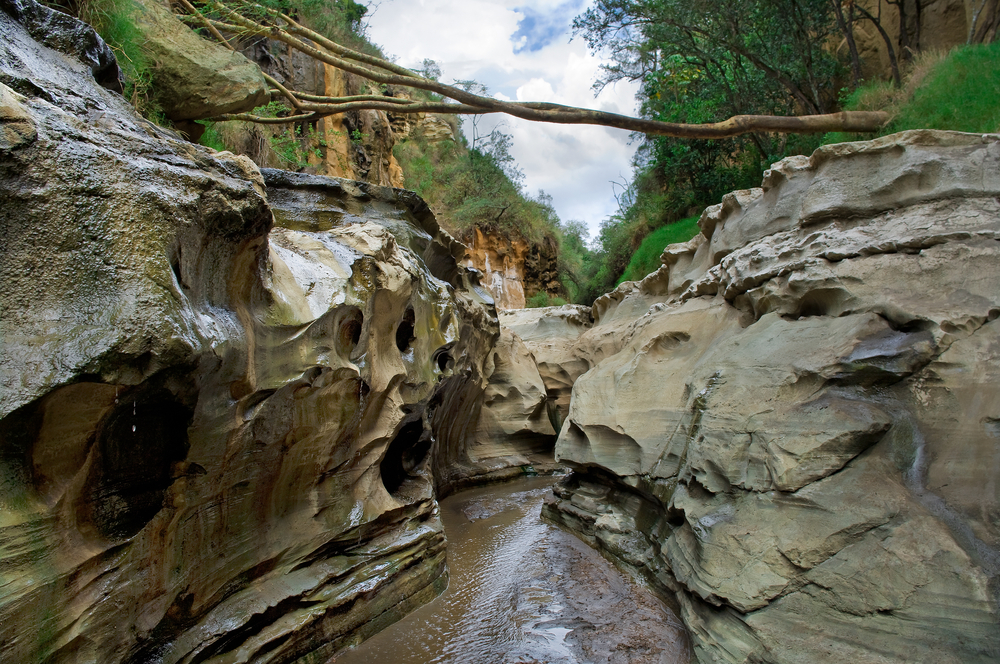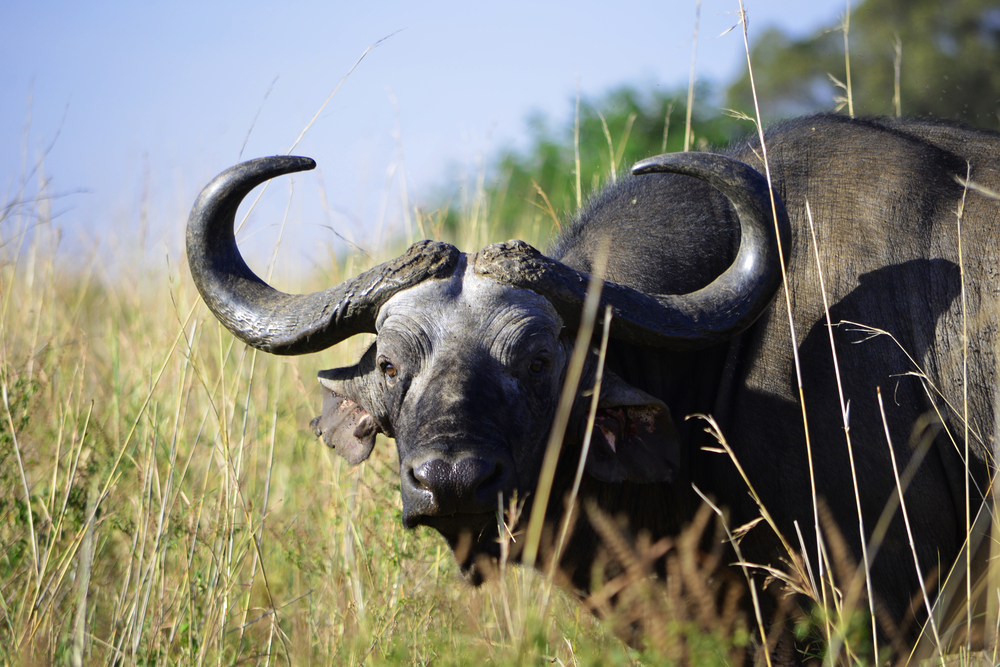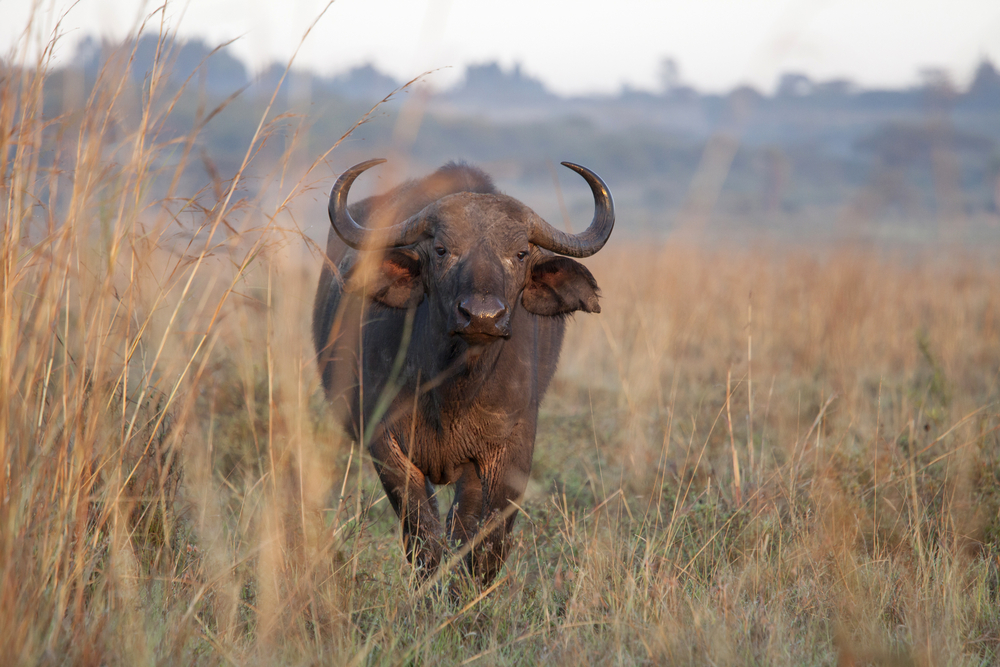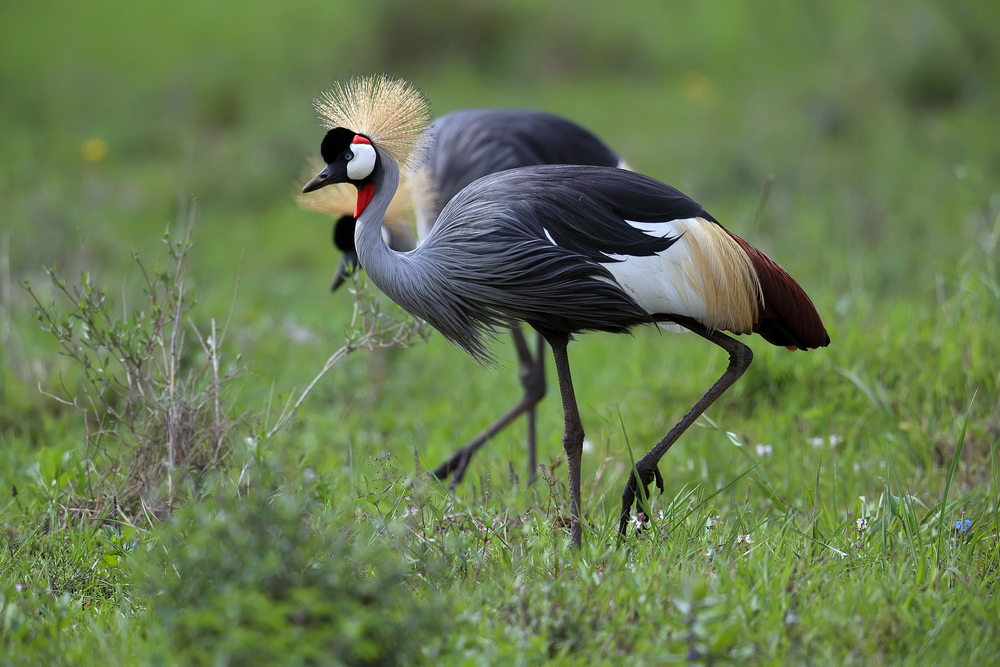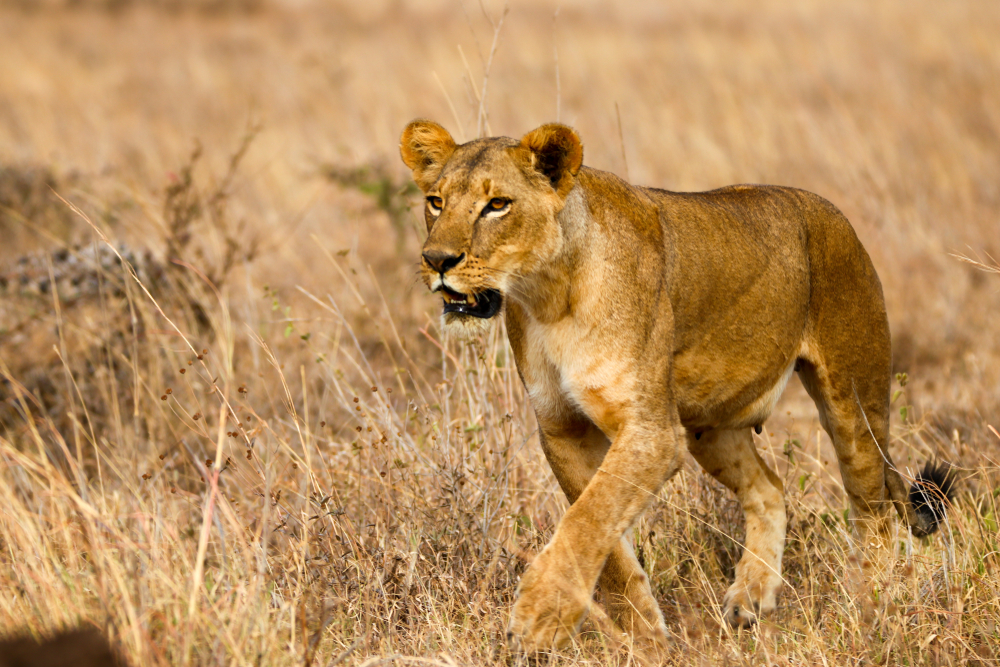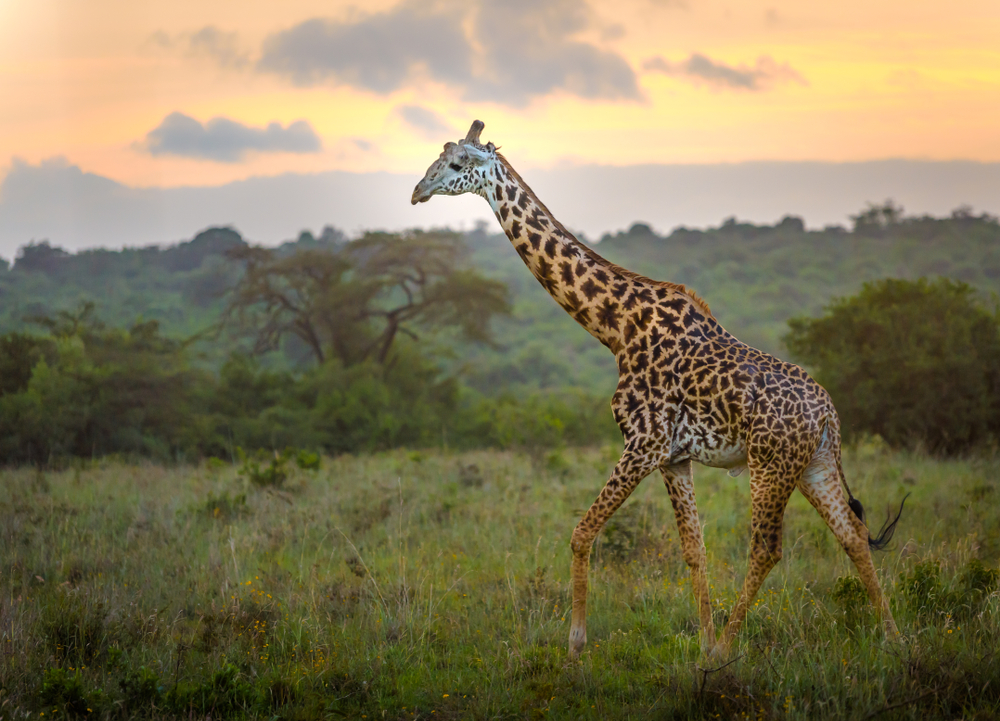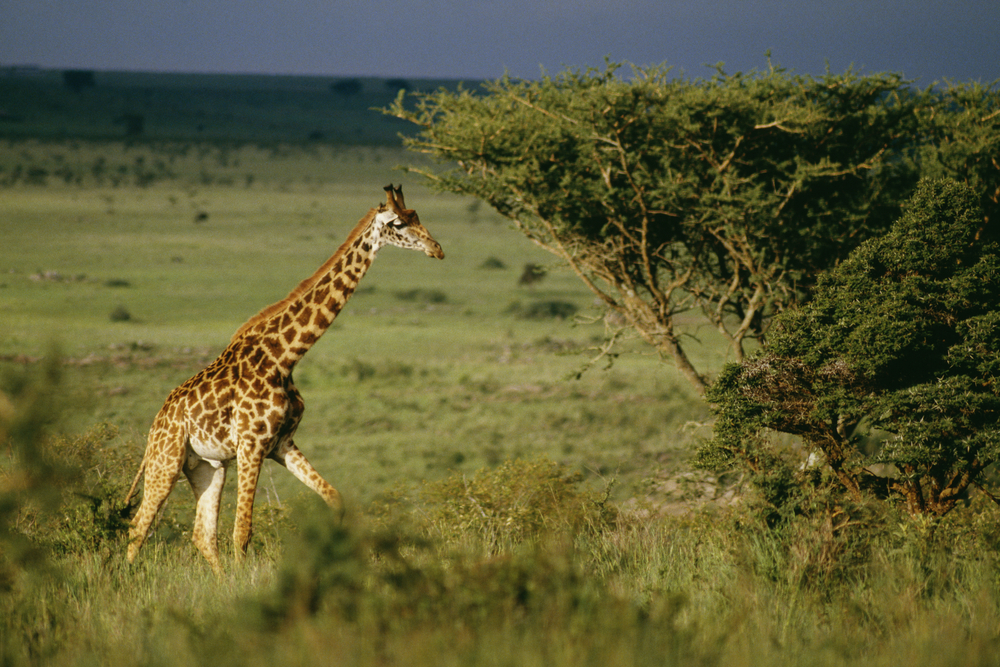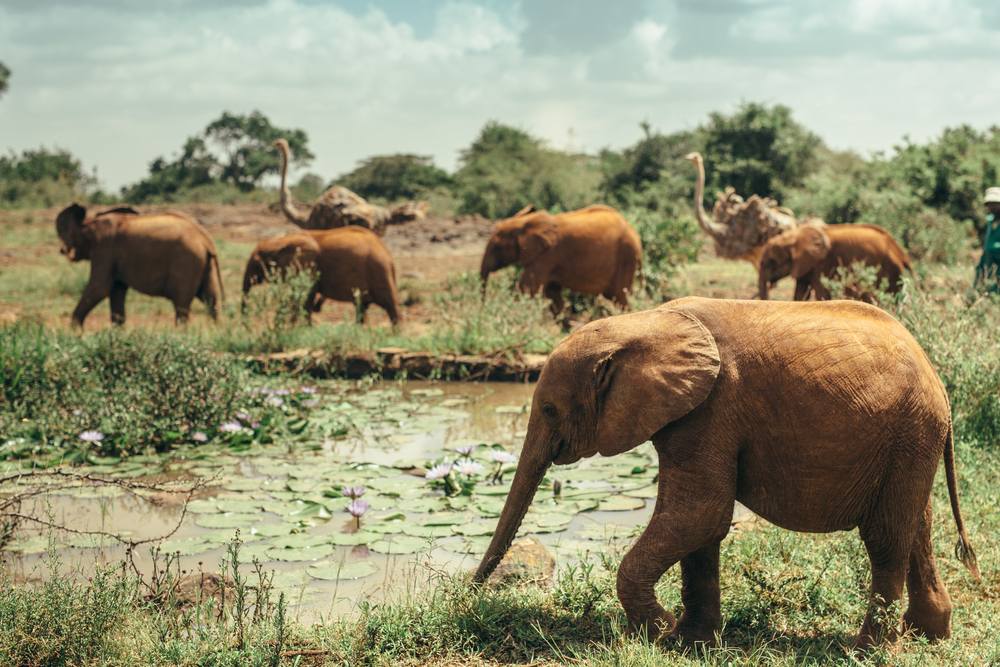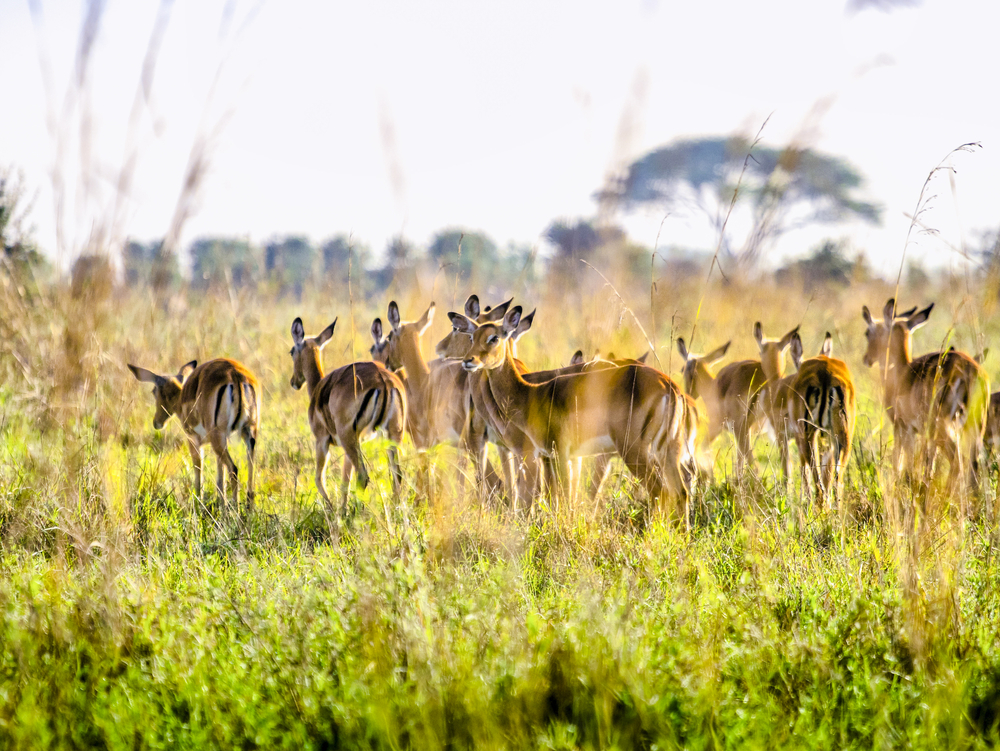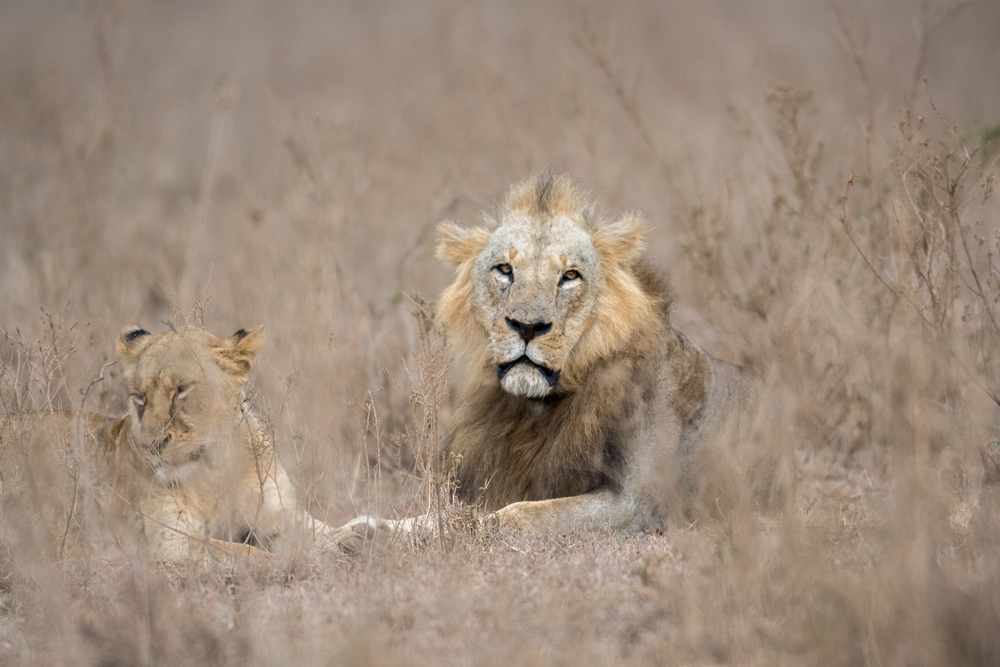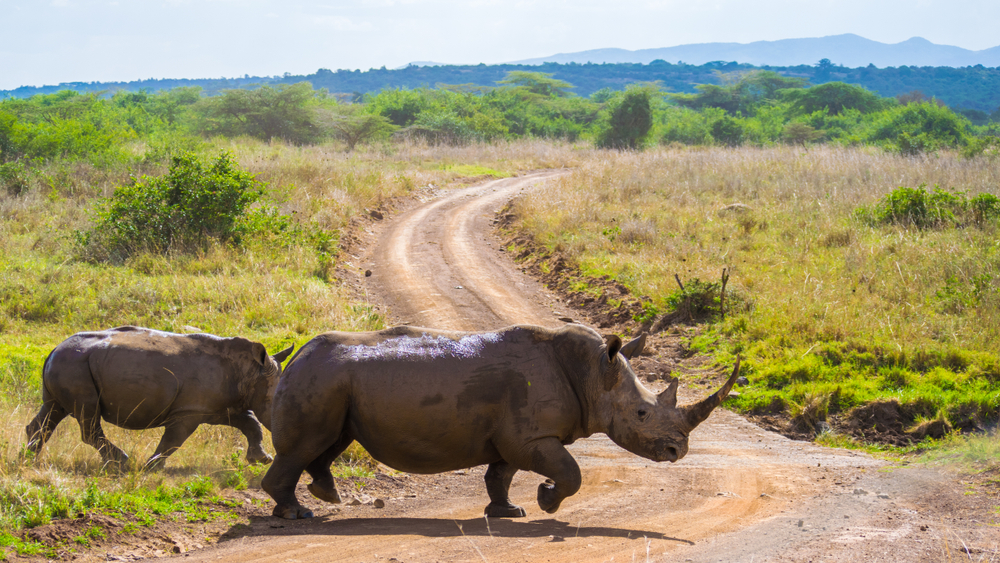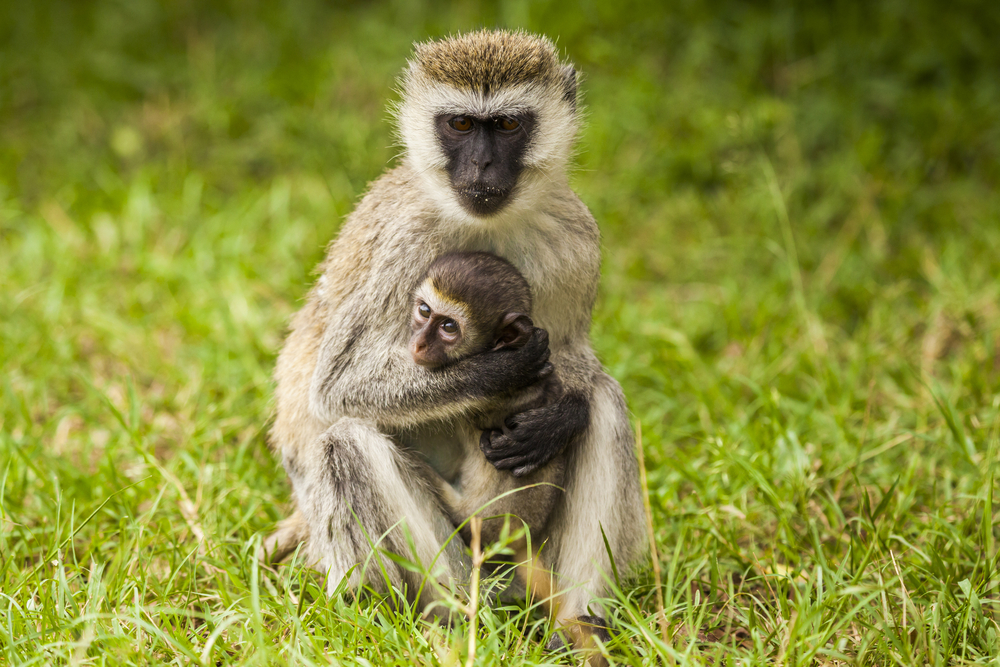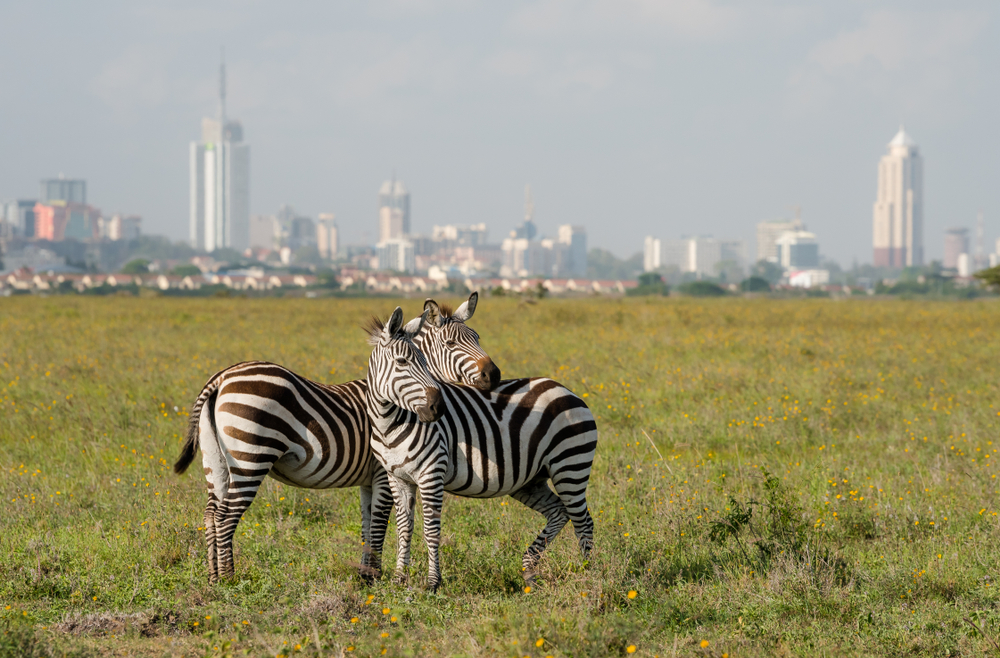Nairobi Overview
Nairobi National Park, a unique conservation area located just a stone’s throw away from Nairobi, Kenya’s bustling capital city, stands as a testament to the country’s commitment to wildlife conservation and sustainable tourism. Established in 1946, it was Kenya’s first national park and is one of the most iconic wildlife parks in Africa. Covering an area of approximately 117 square kilometers (45 square miles), the park is relatively small compared to Kenya’s more expansive wildlife reserves, yet it boasts a remarkable diversity of animals and habitats.
Situated about 7 kilometers (4.3 miles) from Nairobi’s city center, Nairobi National Park offers a surreal juxtaposition of urban and natural landscapes. It is the only wildlife park in the world that borders a capital city, presenting a backdrop where visitors can observe free-roaming wildlife with the city skyline in the distance. The park’s landscape is predominantly open grass plains with scattered acacia bushes, creating an ideal habitat for a variety of wildlife.
Nairobi National Park is home to a wide array of animals, including four of the “Big Five” — lions, leopards, buffaloes, and rhinos. The park is particularly known for its successful rhinoceros sanctuary, which protects one of Kenya’s most successful populations of black rhinoceros, a species critically endangered due to poaching and habitat loss. In addition to these, visitors can expect to see giraffes, zebras, cheetahs, hyenas, and a multitude of bird species, making it a birdwatcher’s paradise.
Despite its proximity to urban development, Nairobi National Park offers an authentic safari experience, with activities including game drives, guided walks, picnics, and bird watching. The park also features the Ivory Burning Site Monument, a symbol of Kenya’s dedication to combating poaching and the illegal ivory trade.
Nairobi National Park is not just a wildlife sanctuary; it’s a vital green space that provides educational and recreational opportunities for locals and tourists alike, highlighting the balance between conservation and urban living. Its existence demonstrates the possibility of coexistence between humans and wildlife, serving as a model for conservation efforts worldwide.
Park Map
Nairobi National Park Highlights
Engaging Nairobi National Park
Nairobi National Park Trails
Sources
- Britannica, Nairobi National Park, https://www.britannica.com/place/Nairobi-National-Park, retrieved March 2023.
- Gamewatchers Safaris, Nairobi National Park, https://www.porini.com/kenya/parks-and-reserves/nairobi-national-park/, retrieved March 2023.
- Kenya Wildlife Service, Nairobi National Park, http://www.kws.go.ke/parks/nairobi-national-park, retrieved March 2023.
- Lonely Planet, Nairobi National Park, https://www.lonelyplanet.com/kenya/nairobi/attractions/nairobi-national-park/a/poi-sig/415774/355332, retrieved March 2023.
- Magical Kenya, Nairobi National Park, https://magicalkenya.com/places-to-visit/wilderness-areas/nairobi-national-park/, retrieved March 2023.
- William, J.G., National Parks of East Africa, HarperCollins Publisher, 1995.








































































